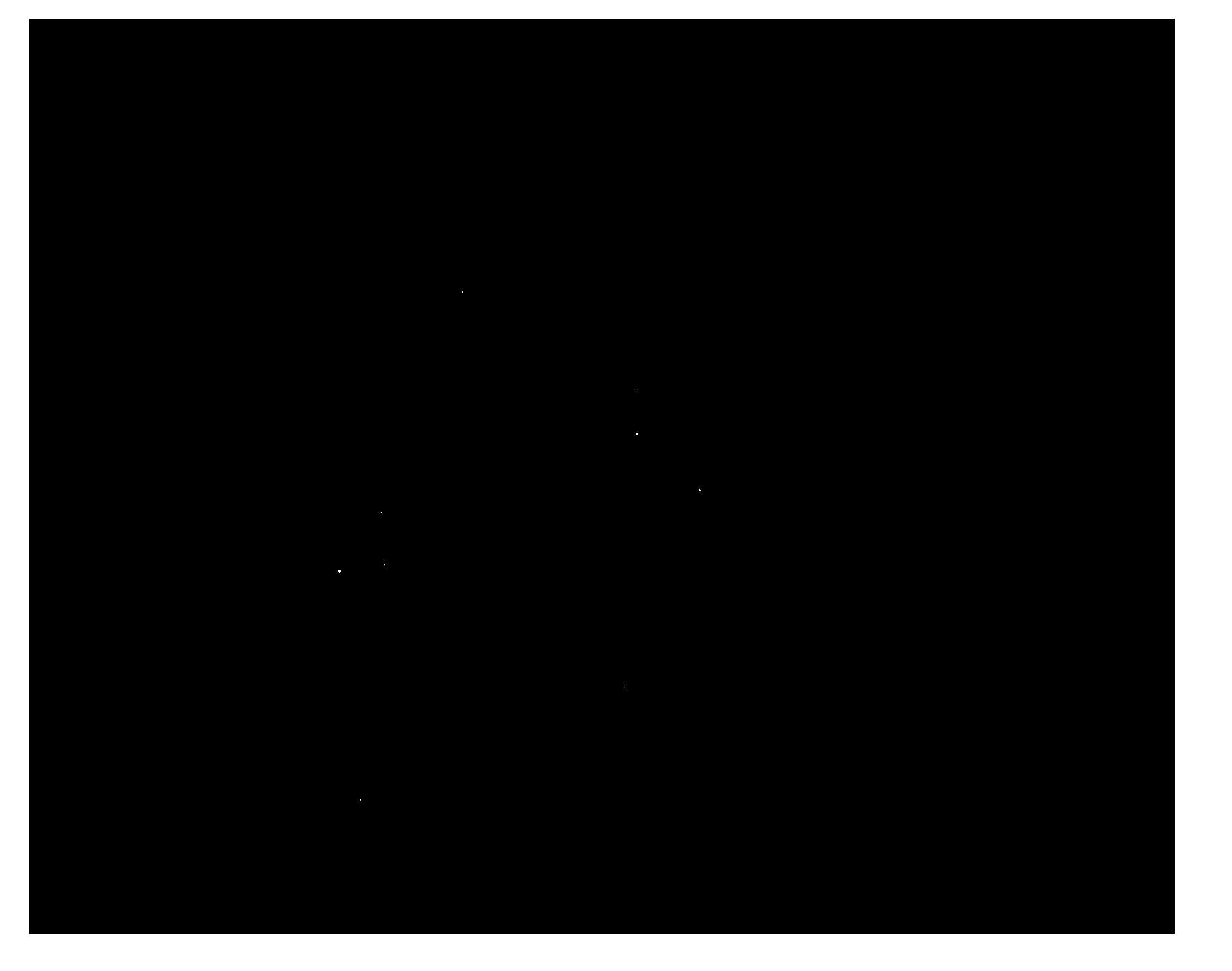Composite microbe deodorizing and degrading inoculant, and preparation method and application thereof
A technology of compound microorganisms and degrading bacteria, which is applied in the field of microorganisms, can solve the problems of secondary pollution of flavors and chemical deodorization, and achieve the effects of reducing processing difficulty and operating costs, improving air quality, and purifying the environment
- Summary
- Abstract
- Description
- Claims
- Application Information
AI Technical Summary
Problems solved by technology
Method used
Image
Examples
Embodiment 1
[0024] A. In the aseptic production workshop, according to the standard of 1 ton tank, first add 900Kg of pure water to the culture tank, turn on the temperature control system, and raise the water temperature to 37 degrees Celsius. (The temperature of the temperature control system is controlled at 37 degrees Celsius) B. Add 82Kg of sucrose syrup, 13Kg of peptone, and 5Kg of iodine-free salt into the culture tank after sterilization in a high-temperature sterilizer. Turn on the stirring system of the fermenter and stir for 10 minutes to obtain a culture solution. C. Open the discharge port of the fermenter to release 50-60Kg of culture solution as nutrient solution for the activation of strains. Angel yeast is packaged in bags and powder. According to the dosage of 2000g, 25-35kg of nutrient solution is required. The strain of eel photosynthetic bacteria is 5L in liquid state and requires 8-12kg of nutrient solution. Bacillus natto 20g, Lactobacillus plantarum 20g, Bacillus ...
Embodiment 2
[0026] A. In the aseptic production workshop, according to the standard of 1 ton tank, first add 900Kg of pure water to the culture tank, turn on the temperature control system, and raise the water temperature to 37 degrees Celsius. (The temperature of the temperature control system is controlled at 37 degrees Celsius) B. Add 80Kg of sucrose syrup, 15Kg of peptone, and 5Kg of iodine-free salt into the culture tank after using a high-temperature sterilization pot. Turn on the stirring system of the fermenter and stir for 10 minutes to obtain a culture solution. C. Open the discharge port of the fermenter to release 50Kg of culture solution as a nutrient solution for the activation of strains. Angel yeast is packaged in bags and powder. According to the dosage of 2000g, 30kg of nutrient solution is required. The strain of eel photosynthetic bacteria is 5L in liquid state and requires 10kg of nutrient solution. 20g of Bacillus natto, 20g of Lactobacillus plantarum, 20g of Bacill...
Embodiment 3
[0029] The difference from Example 1 is 1800g of yeast, 5200g of photosynthetic bacteria, 10g of Bacillus natto, 30g of Bacillus licheniformis, 30g of actinomycetes, and 10g of Lactobacillus plantarum.
PUM
 Login to View More
Login to View More Abstract
Description
Claims
Application Information
 Login to View More
Login to View More - R&D
- Intellectual Property
- Life Sciences
- Materials
- Tech Scout
- Unparalleled Data Quality
- Higher Quality Content
- 60% Fewer Hallucinations
Browse by: Latest US Patents, China's latest patents, Technical Efficacy Thesaurus, Application Domain, Technology Topic, Popular Technical Reports.
© 2025 PatSnap. All rights reserved.Legal|Privacy policy|Modern Slavery Act Transparency Statement|Sitemap|About US| Contact US: help@patsnap.com

